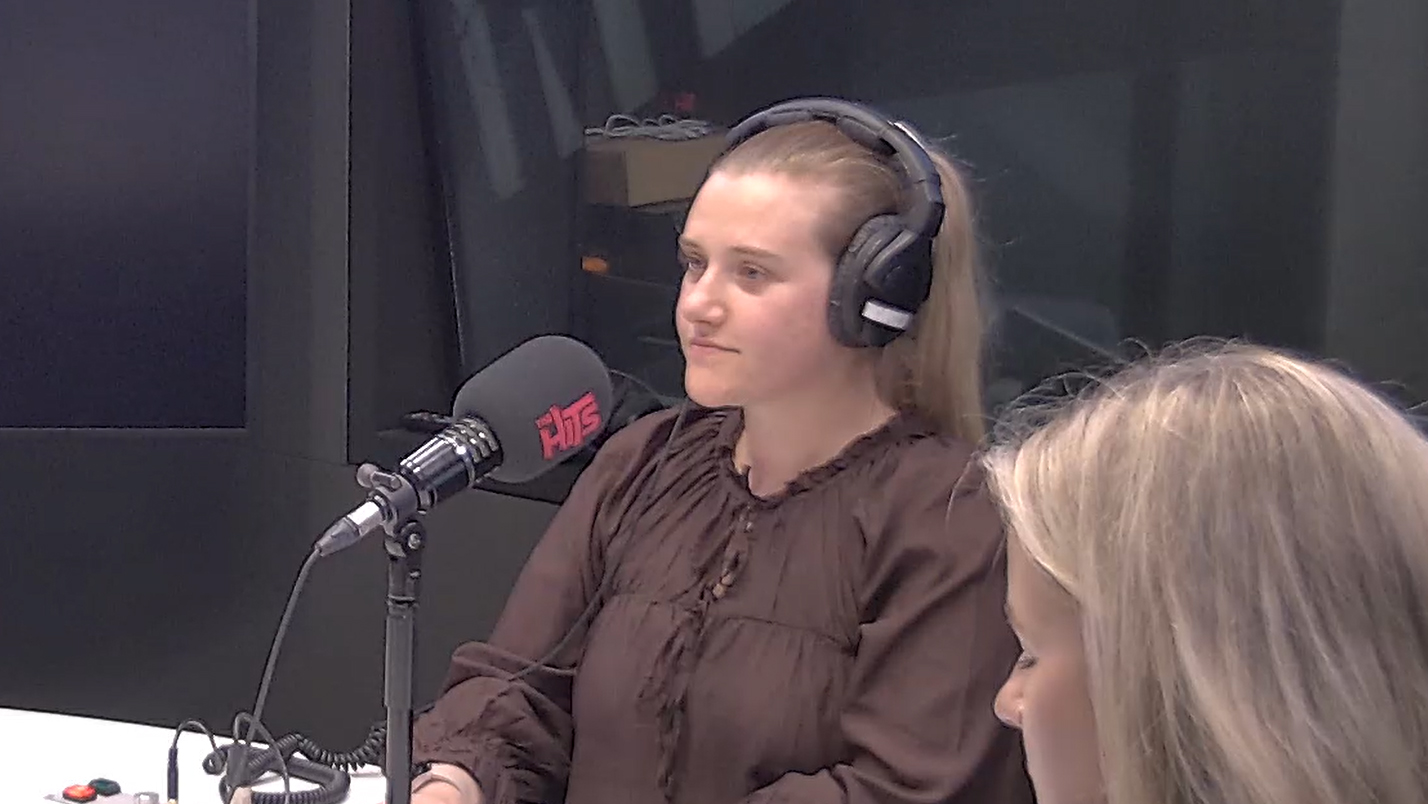New Zealand’s horticultural industry has had its fair share of challenges through the Covid-19 pandemic, with labour shortages and global supply chain issues in particular causing ongoing headaches for fruit and vegetable growers. Despite these challenges however, the industry has demonstrated remarkable resilience and is well poised to grow in the future, with New Zealand produce in increasingly high demand.
The horticulture sector has long been a stand-out export performer for New Zealand, now accounting for over $6.5 billion in export revenue and representing 11% of our total merchandise exports.1 Excluding forestry, it is one of the only agricultural sectors forecast by MPI to deliver export revenue growth for the year ended 30 June 2021; with dairy, meat & wool and seafood all forecasting export revenue declines.2 Horticulture is also forecast to have the highest annual export revenue growth rate of these sectors from 2021 to 2025, at 4.8% per annum, with kiwifruit and apple exports the largest contributors.3
There are strong underlying trends supporting this growth – increasing global food demand, growing awareness around health & nutrition; and climate-driven trends towards plant-based diets. However, this growth is also enabled by the reputation of New Zealand growers in offshore markets for producing high-quality, premium products.
Where we have seen particular success for New Zealand players has been in the development and commercialisation of improved and novel varieties of horticultural products. Perhaps the best example of this is the SunGold kiwifruit variety, marketed by Zespri. The SunGold variety has a unique yellow flesh and is internationally recognised for its taste, quality and nutritional value. It commands a significant price premium relative to the traditional Green kiwifruit variety and delivers more than twice the return per hectare.4
Cherries are another example of a New Zealand-grown product attracting a price premium in international markets. This high price point is achieved because of the quality, colour and size of our cherries, but also because of the freshness of our supply into offshore markets – New Zealand growers, such as Milford private investee company 45 South, have the infrastructure to pick, pack and air-freight their production within a tight 72-hour window. New Zealand’s harvest window for cherries is also well aligned to service the Chinese New Year sales window, where cherries are a popular gift due to their dark red colour.
In addition to a reputation for quality, premium products, ongoing innovation in technology will be a key enabler of future growth and returns in the sector. Exemplified by the announcement of the Government’s Agritech Industry Transformation Plan, there are numerous New Zealand-based technology companies attracting investment to advance more sustainable and efficient production methods. Orchards that employ these kinds of technologies are likely to be well-positioned to deliver superior returns in the future.
Against this backdrop, Milford Private Equity is currently partnering with New Zealand’s leading organic horticulturalist seeking to invest in a business that grows the Honeycrisp apple varietal. This varietal is very popular in the US market, commanding a high price point due to its desirable characteristics (being crisp, juicy and sweet). The New Zealand product will hit the large and growing US market in the ‘off season’ and therefore, have limited, to no, in-market competition and should be able to demand an additional sustainable price premium.


